Kaschmir bei 30°C
 July 19 in Mongolia ⋅ ☀️ 23 °C
July 19 in Mongolia ⋅ ☀️ 23 °C
Heute war nochmals Stadtleben angesagt. Zuvor stellten wir unsere beinah leere Gasflasche zu Gerd hin. Mit Wanya zusammen, einigen Gasflaschen und einem Adapter im Handgepäck fuhren die Beiden los,Read more






















































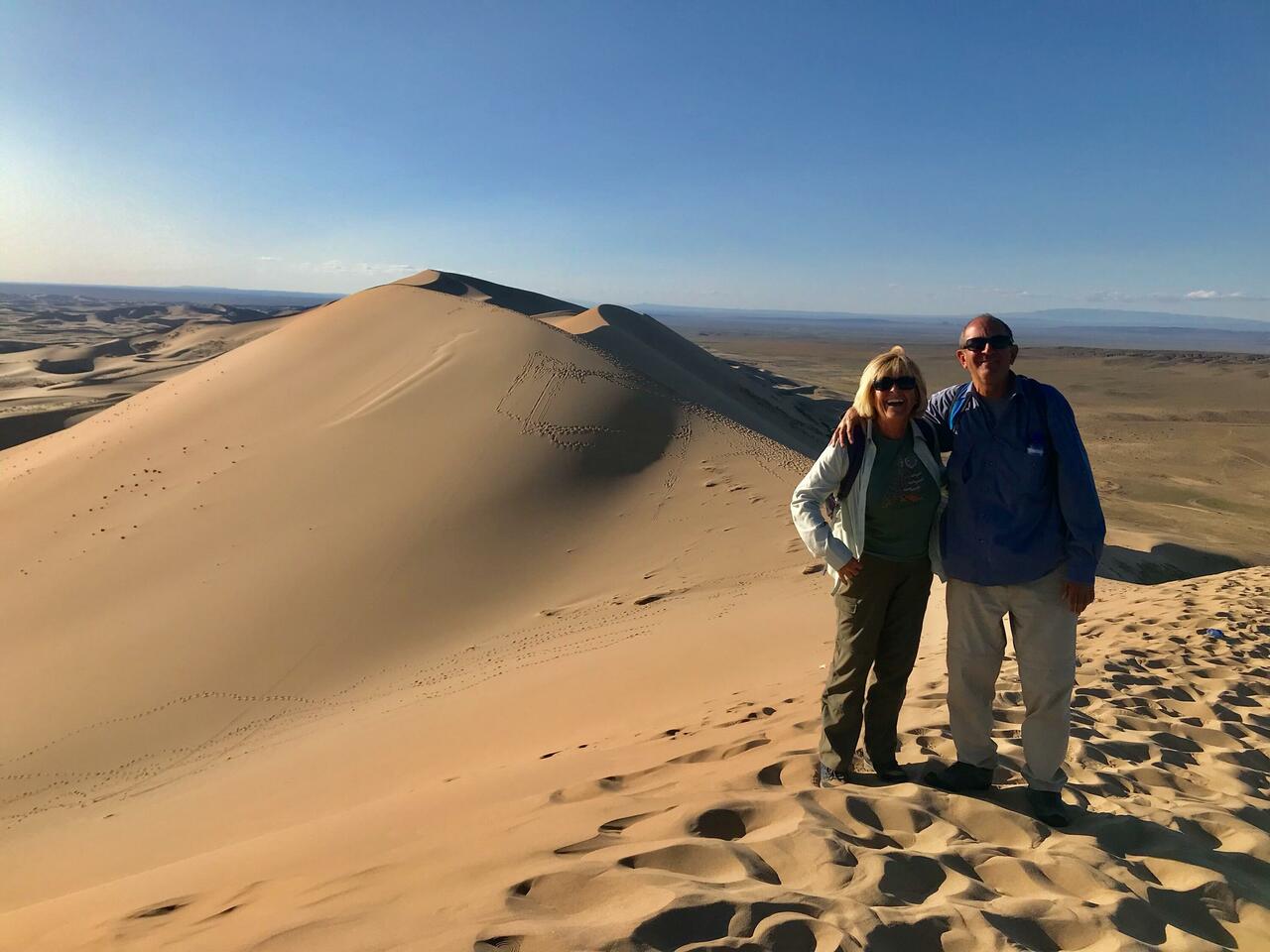



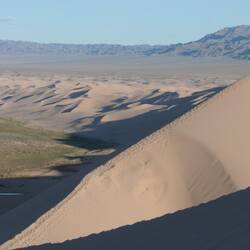
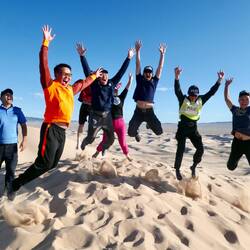














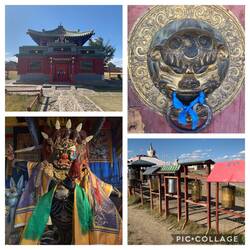
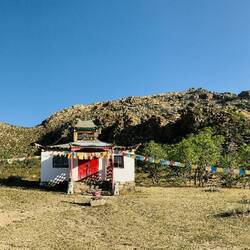

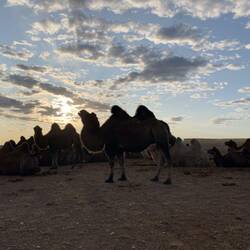
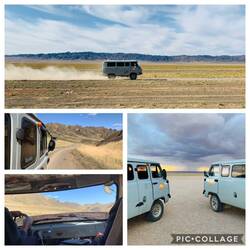





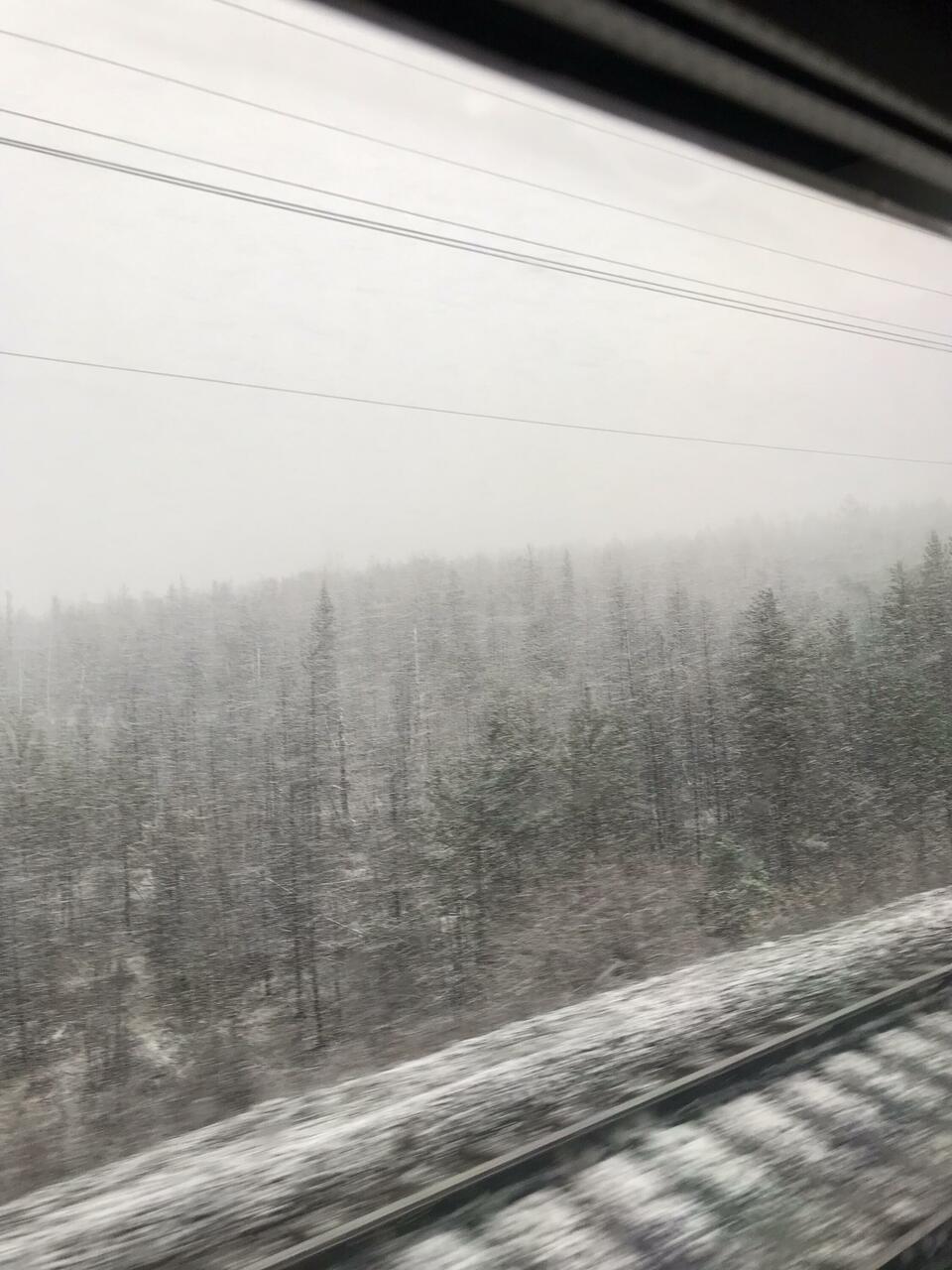




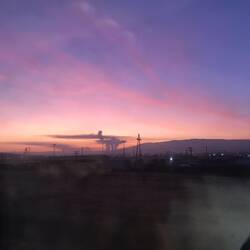

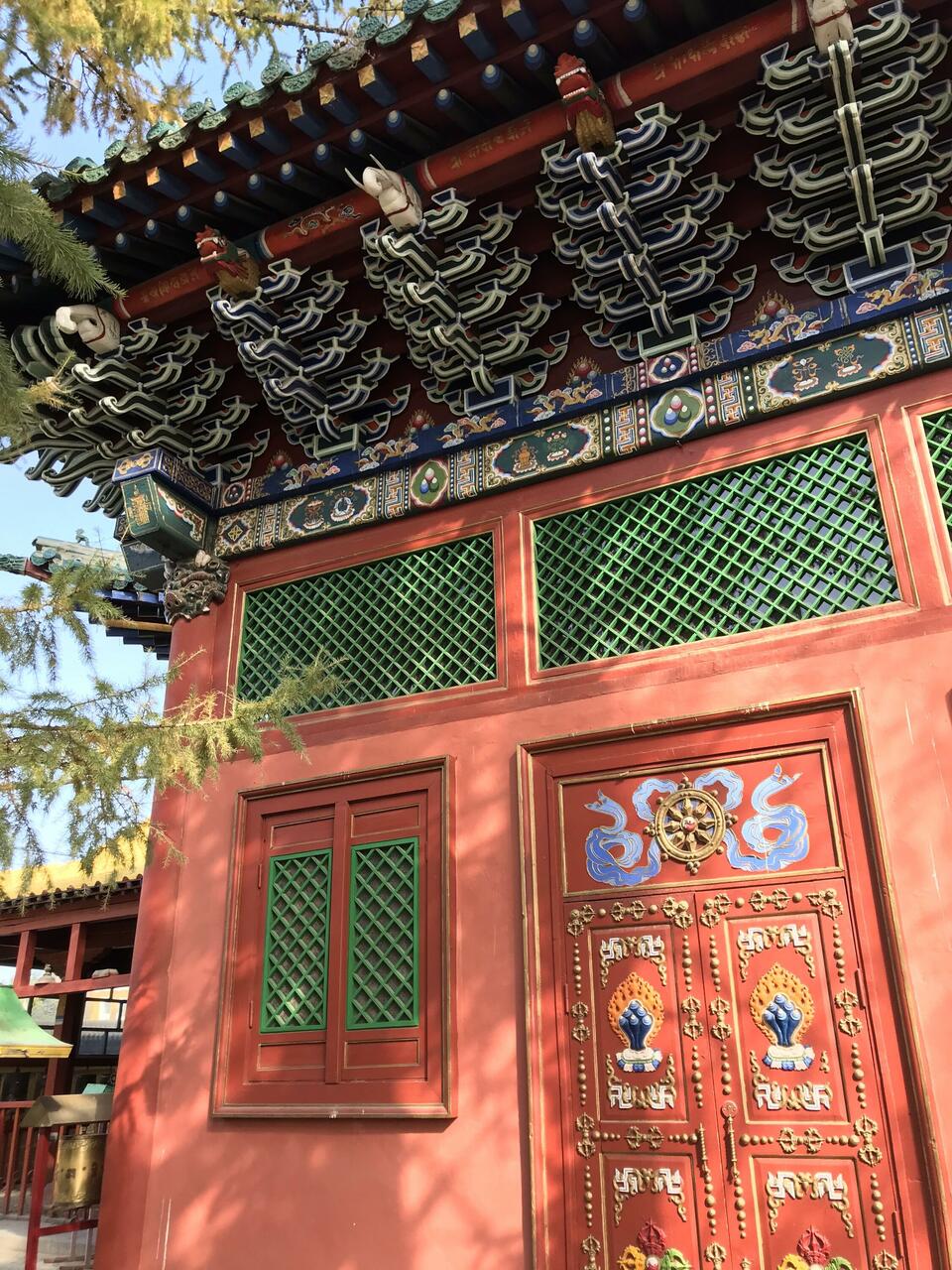



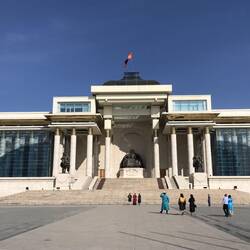
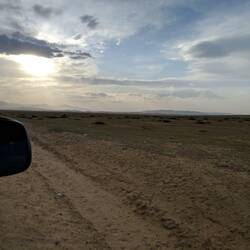


Traveler Ein Traum👍🥳
Ein Traum👍🥳
Traveler Aber ä heisse Troum 🥵